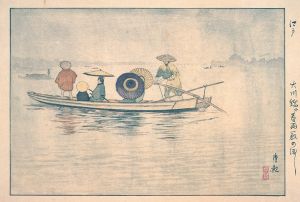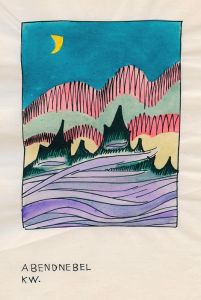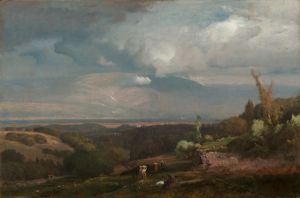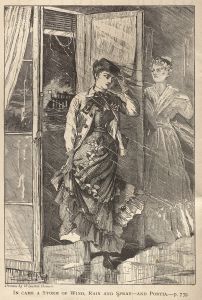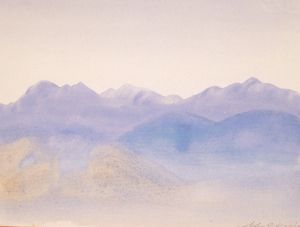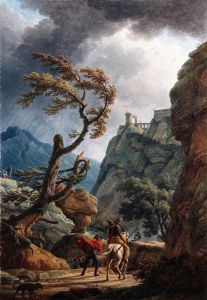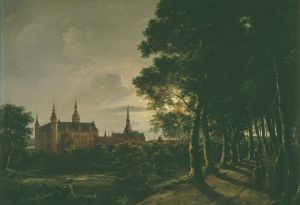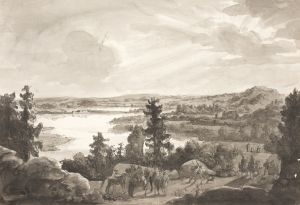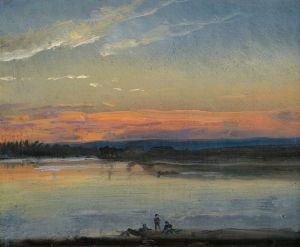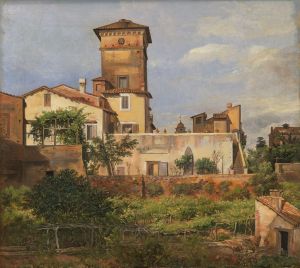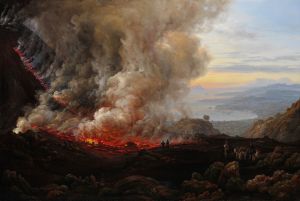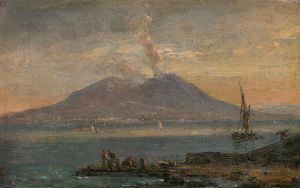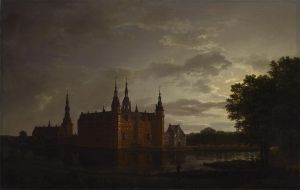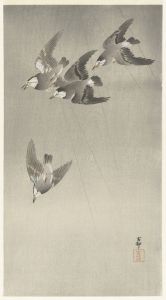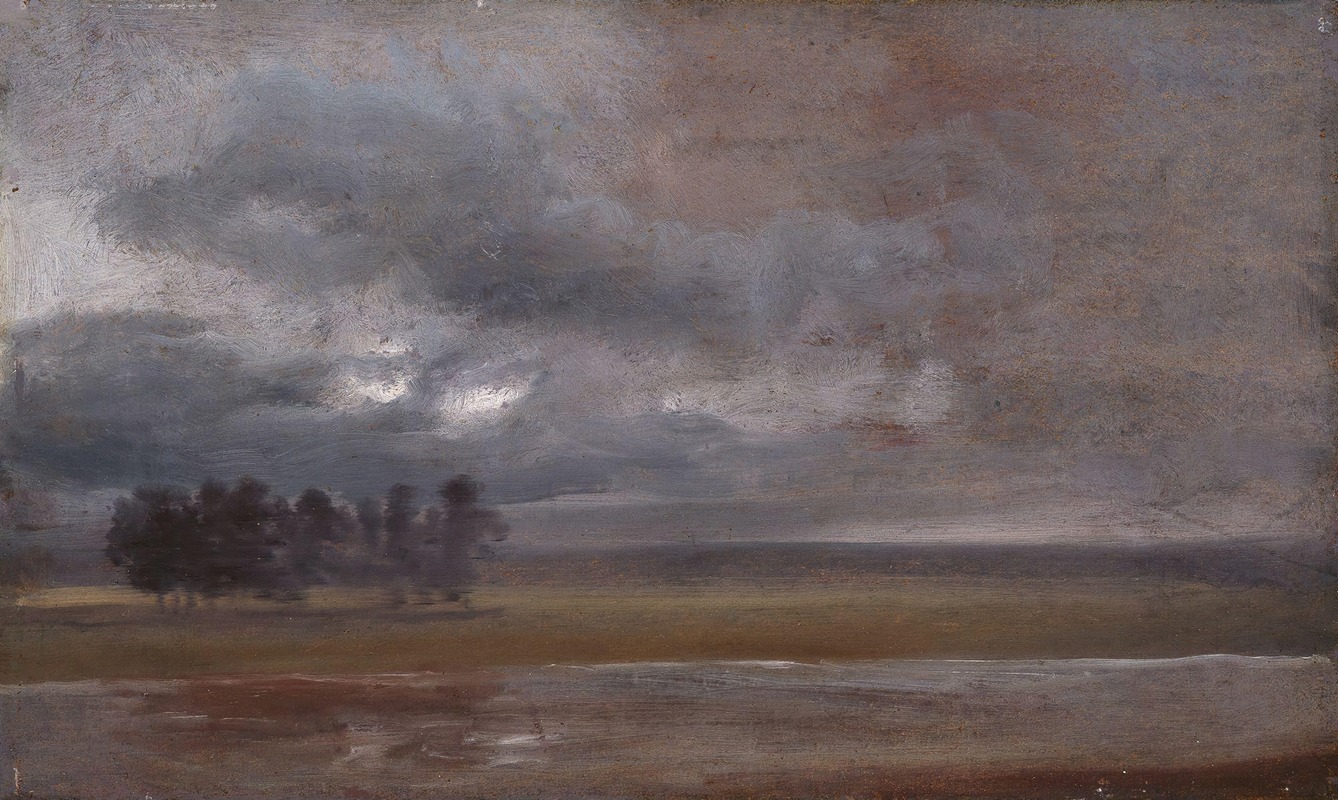
The Elbe in Rain
A hand-painted replica of Johan Christian Dahl’s masterpiece The Elbe in Rain, meticulously crafted by professional artists to capture the true essence of the original. Each piece is created with museum-quality canvas and rare mineral pigments, carefully painted by experienced artists with delicate brushstrokes and rich, layered colors to perfectly recreate the texture of the original artwork. Unlike machine-printed reproductions, this hand-painted version brings the painting to life, infused with the artist’s emotions and skill in every stroke. Whether for personal collection or home decoration, it instantly elevates the artistic atmosphere of any space.
Johan Christian Dahl, a prominent Norwegian painter, is often regarded as a leading figure in the Romantic movement in Norway and is sometimes referred to as the "father of Norwegian landscape painting." One of his notable works is "The Elbe in Rain," which exemplifies his mastery in capturing the sublime and emotive qualities of nature.
"The Elbe in Rain" was painted in 1827, during a period when Dahl was deeply influenced by the natural landscapes of Germany, where he spent a significant portion of his career. This painting is a testament to his ability to convey the atmospheric conditions and the emotional impact of the natural world. The Elbe River, which flows through the Czech Republic and Germany, serves as the central subject of this work. Dahl's depiction of the river under the influence of rain showcases his skill in rendering the dynamic interplay between water, sky, and light.
In this painting, Dahl employs a muted color palette, dominated by grays and blues, to evoke the somber and contemplative mood of a rainy day. The composition is carefully structured to draw the viewer's eye along the river, which winds through the landscape, disappearing into the misty horizon. The rain is depicted with delicate brushwork, creating a sense of movement and fluidity that enhances the realism of the scene.
Dahl's attention to detail is evident in the way he captures the textures of the wet foliage and the reflective surface of the water. The painting is not just a representation of a specific location but also an exploration of the transient and ever-changing nature of the environment. This focus on the ephemeral aspects of nature is a hallmark of Romanticism, which sought to express the emotional and spiritual connections between humans and the natural world.
"The Elbe in Rain" also reflects Dahl's interest in the interplay between light and atmosphere. The overcast sky, with its layers of clouds, is rendered with a subtle gradation of tones, creating a sense of depth and distance. This treatment of light and shadow adds to the painting's overall moodiness and enhances the viewer's experience of the landscape's vastness and solitude.
Johan Christian Dahl's work, including "The Elbe in Rain," had a significant influence on the development of landscape painting in Norway and beyond. His approach to capturing the essence of nature inspired subsequent generations of artists, contributing to the rise of national romanticism in Norwegian art. Dahl's legacy is evident in the way he elevated landscape painting to a respected genre, emphasizing the emotional and spiritual dimensions of the natural world.
Today, "The Elbe in Rain" is appreciated not only for its technical excellence but also for its ability to evoke a deep emotional response. It stands as a testament to Dahl's skill as an artist and his profound connection to the landscapes he painted. The painting remains an important part of his oeuvre, illustrating his contribution to the Romantic movement and his enduring influence on the art of landscape painting.





